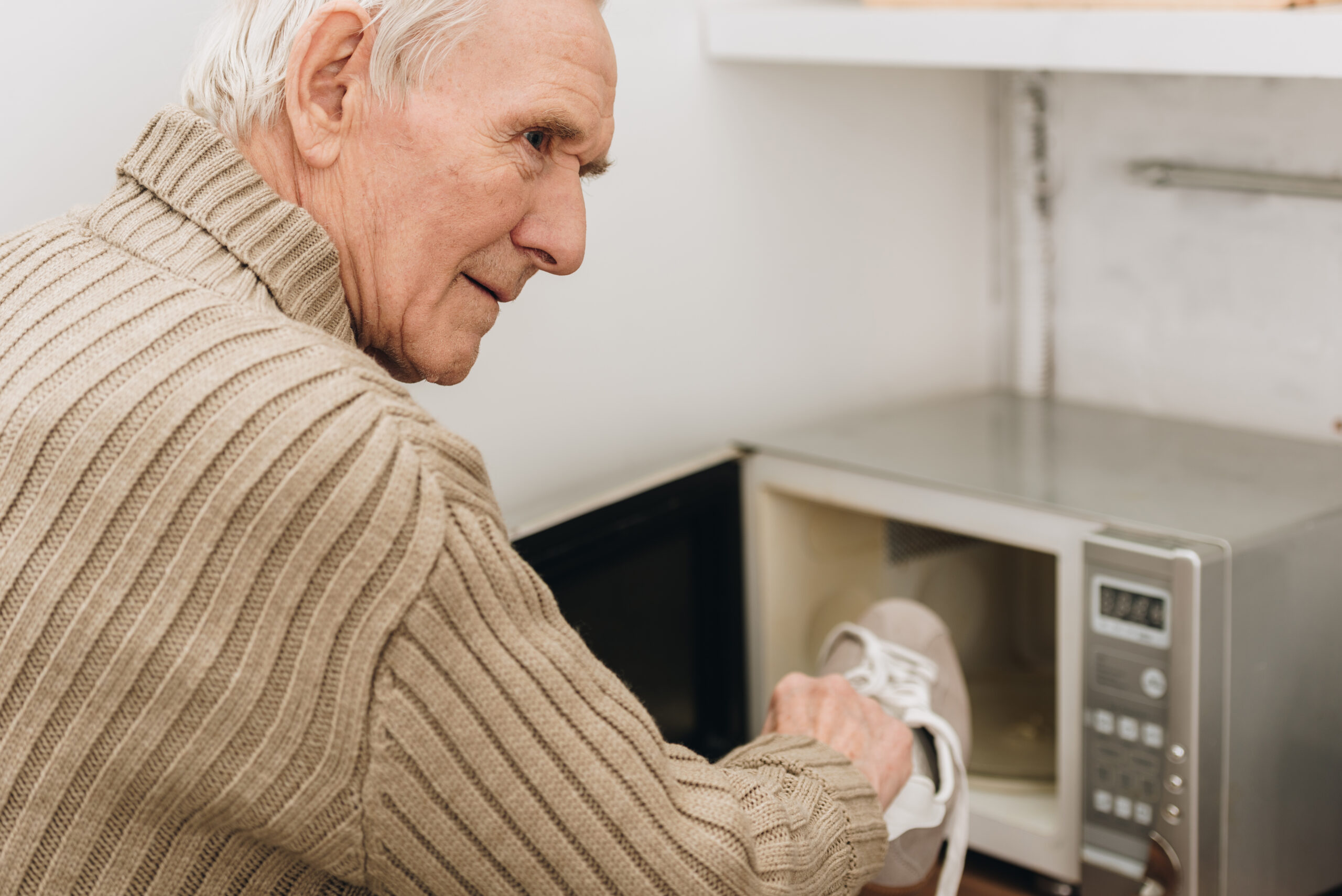What’s the secret to staying flexible as you age
Staying flexible as you age is not just about maintaining a youthful appearance; it’s crucial for maintaining independence and mobility. As we grow older, our muscles naturally lose some of their elasticity and range of motion, which can lead to stiffness and reduced mobility. However, there are simple and effective ways to combat this process and stay flexible well into your later years.
### Understanding Flexibility and Aging
Flexibility refers to the ability of your muscles and joints to move through their full range of motion without pain or stiffness. As we age, our muscles gradually become shorter and less elastic, which can limit our ability to perform everyday activities. This is partly due to a decrease in physical activity and partly due to natural aging processes.
### The Role of Exercise
Exercise is key to maintaining flexibility. Engaging in regular physical activity helps keep your muscles limber and your joints mobile. Here are some exercises that can help:
– **Stretching Exercises**: Simple stretches for your hamstrings, quadriceps, hips, and lower back can significantly improve your flexibility. These exercises can be done at home or as part of a fitness class. Consistency is important; even a few minutes of stretching each day can make a big difference.
– **Resistance Training**: While often associated with building strength, resistance exercises can also help maintain muscle mass and flexibility. This is especially important as we age, as muscle loss can lead to reduced mobility.
– **Aerobic Exercise**: Activities like walking or cycling not only improve cardiovascular health but also help maintain flexibility by keeping your joints moving.
### Nutrition and Lifestyle
In addition to exercise, your diet and lifestyle play a significant role in maintaining flexibility:
– **Protein Intake**: Adequate protein is essential for maintaining muscle mass, which supports flexibility. Including protein-rich foods in your diet can help prevent muscle loss associated with aging.
– **Hydration**: Drinking enough water helps keep your muscles and joints lubricated, which is important for maintaining flexibility.
– **Active Lifestyle**: Avoid prolonged periods of sitting or inactivity. Regular movement, even if it’s just a short walk, can help keep your muscles and joints mobile.
### Staying Motivated
Staying flexible requires commitment, but it’s worth it. Here are some tips to keep you motivated:
– **Find Activities You Enjoy**: Engage in exercises or sports that you enjoy, as this will make it easier to stick to a routine.
– **Set Realistic Goals**: Start with small, achievable goals and gradually increase your activity level.
– **Seek Support**: Exercising with friends or joining a fitness group can provide motivation and make the experience more enjoyable.
In conclusion, staying flexible as you age is achievable with a combination of regular exercise, a balanced diet, and an active lifestyle. By incorporating these habits into your daily routine, you can maintain your independence, mobility, and overall well-being well into your later years.





